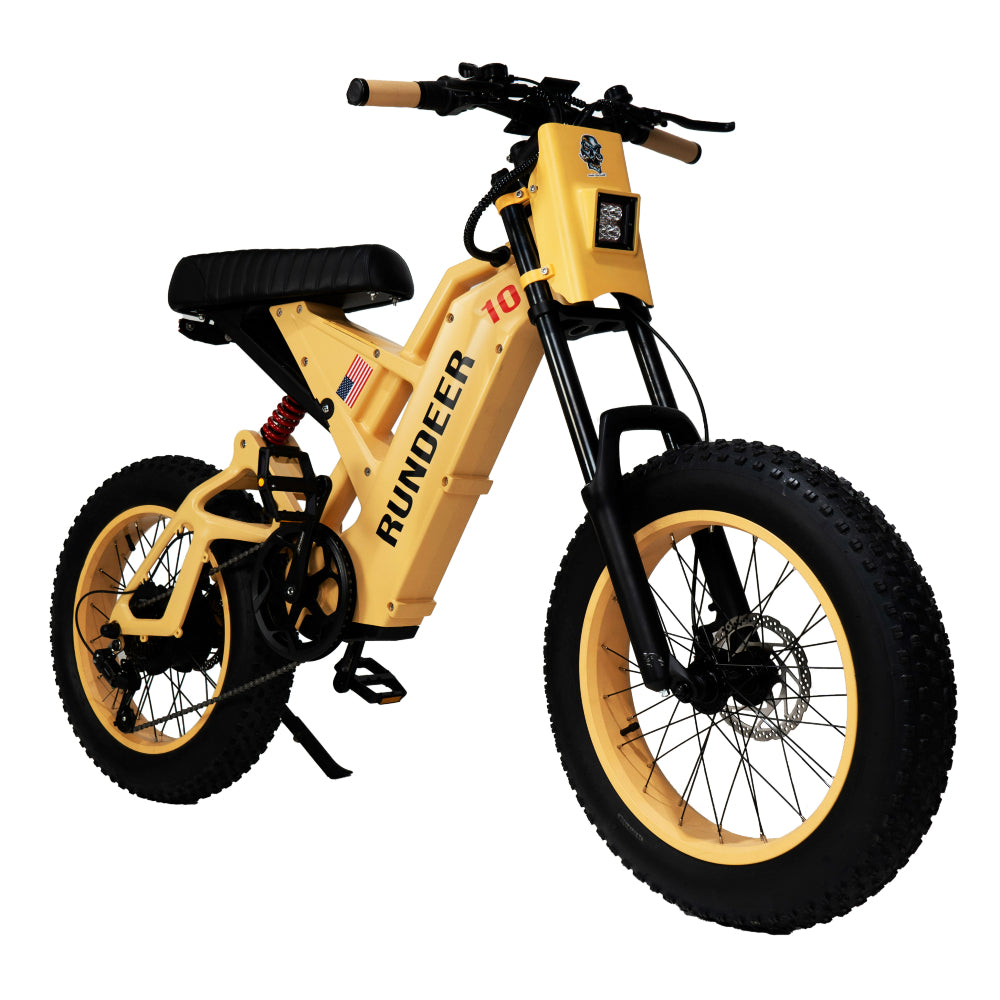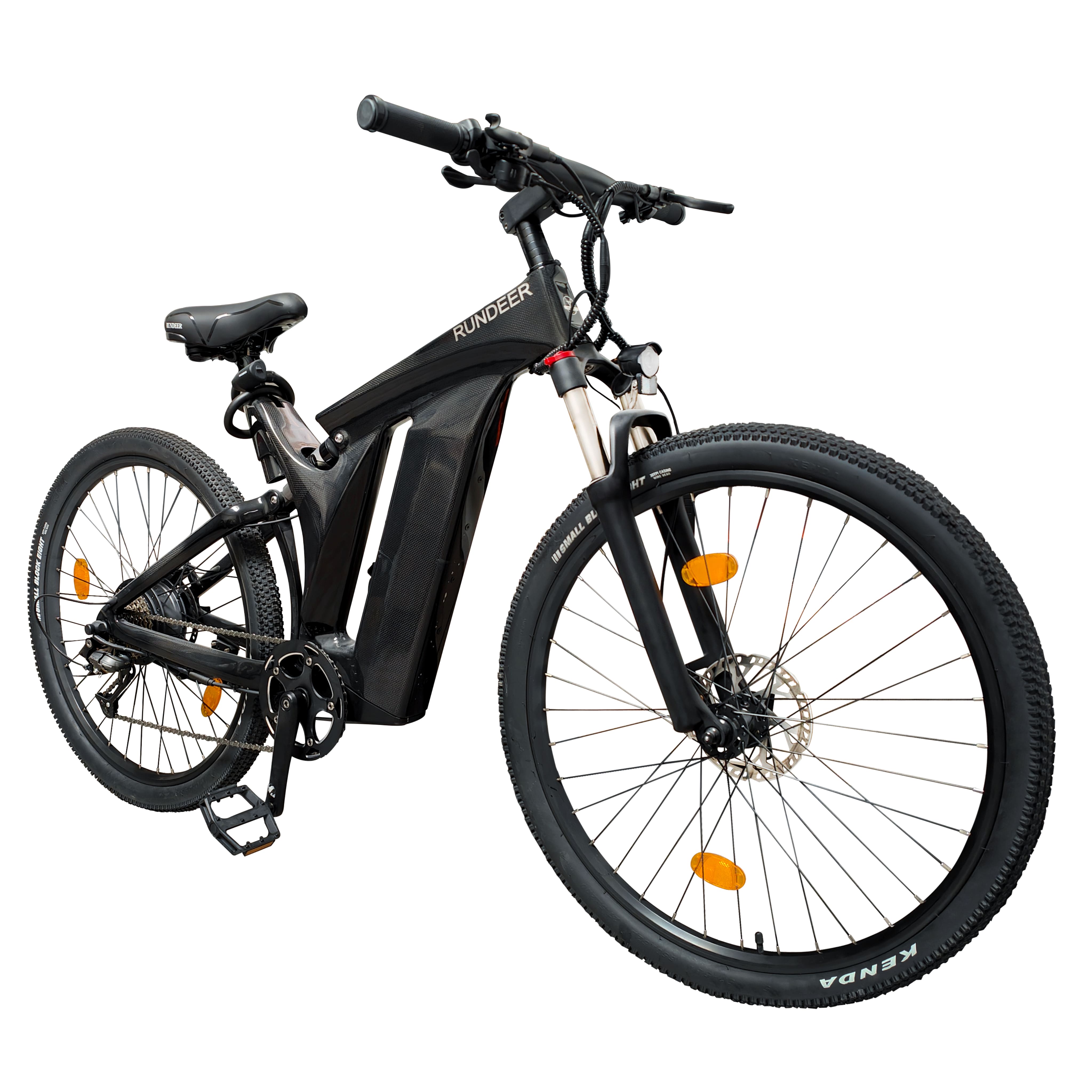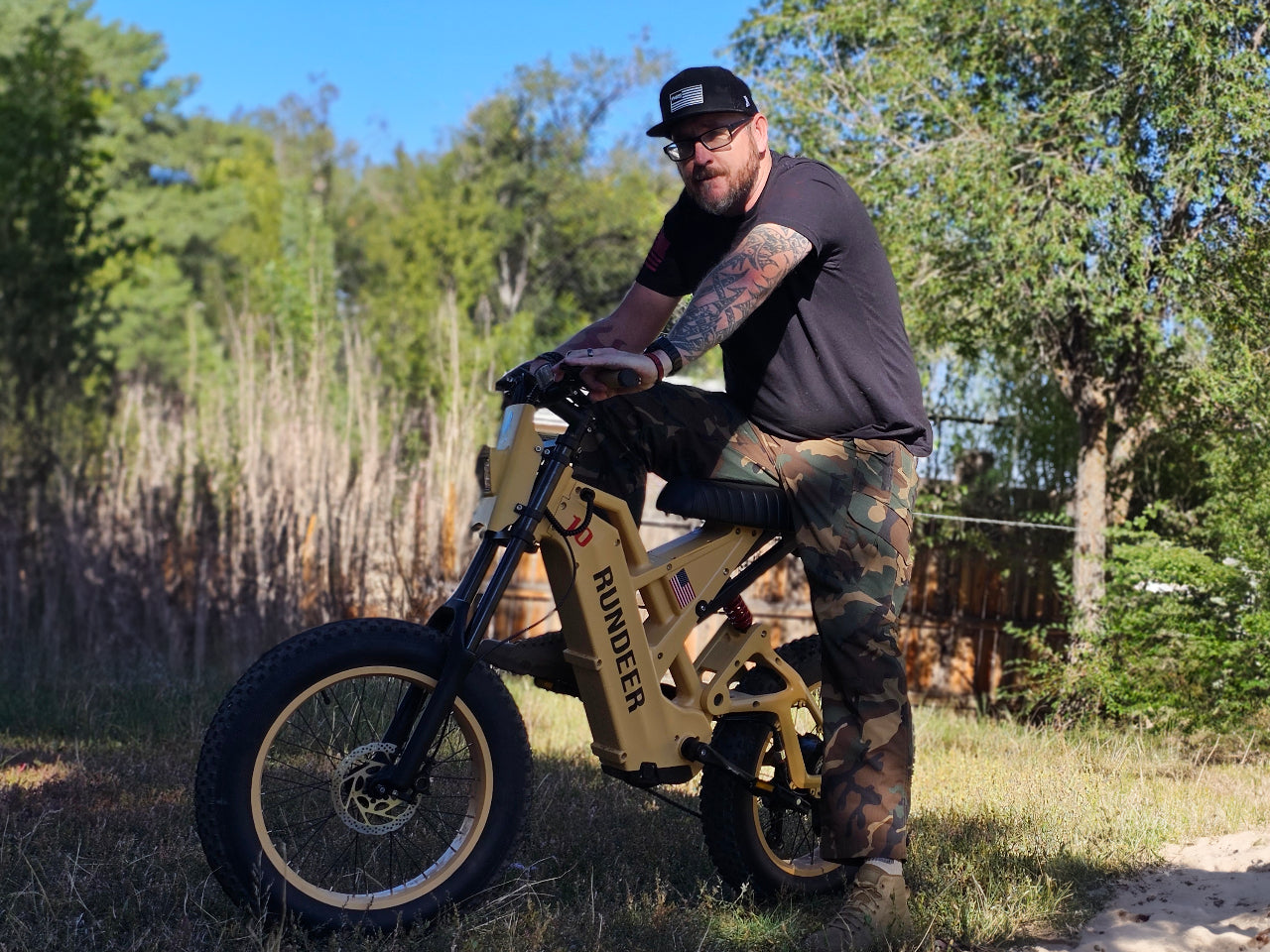Electric bikes have revolutionized personal transportation, offering an eco-friendly alternative that combines exercise with efficiency. The more people use this technology, the more necessary it is to understand how to properly maintain your e-bike in order to protect your investment. A well-maintained e-bike not only handles better, but also lasts many times longer, saving you dollars and aggravation in the long term. Whether you ride daily or hit the road on weekends, the following professional tips will help you extend the life of your e-bike and have your rides run smoothly, safely, and comfortably for years to come.
Why Maintenance Matters for Your Electric Bike
Importance of Regular Maintenance
Maintenance isn't only about making your e-bike look nice—it's about avoiding expensive repairs and ensuring consistent performance. Research indicates that e-bikes that get regular maintenance last up to 3× longer than those that don't. Easy checks and adjustments can avoid component failures that could otherwise leave you stranded in the middle of a ride.
Hidden Problems Prevention
Small problems tend to develop quietly before becoming big issues. For instance:
● Loose bolt can eventually lead to frame damage
● Minor cracks in tire treads will develop into dangerous blowouts
● Small wiring issues can become complete electrical failure
Create a monthly reminder to carefully inspect your bike for loose components, unusual noises, or performance changes.

How to Make Your E-Bike Battery Last Longer
The battery is the heart of your electric bike, typically representing 30-40% of its total value. Proper care can extend battery life from 2-3 years to 5+ years!
Proper Charging Habits
Follow these guidelines to maximize battery longevity:
- Avoid complete discharges when possible
- Don't leave your battery at 100% charge for extended periods
- Use only the manufacturer-supplied charger
- Charge to 80-90% for daily use rather than 100% every time
Storage Conditions and Temperature Management
Your battery's worst enemies are extreme temperatures and improper storage. Keep these points in mind:
- Store in cool, dry environments (ideally 50-77°F or 10-25°C)
- Remove the battery when storing the bike long-term
- Never store with a completely depleted charge (aim for 40-60% for storage)
If you won't be riding for more than a month, check your battery every 4 weeks and recharge to 50% if needed.
Common Mistakes in Battery Care
Avoid these frequent errors:
- Charging immediately after rides while the battery is still hot
- Storing in uninsulated garages during extreme weather
- Using third-party chargers that may deliver improper voltage

E-Bike Tire Maintenance for Safety and Durability
Regular Tire Pressure Checks
Proper tire pressure is crucial for both performance and safety. Underinflated tires increase rolling resistance, reducing range by up to 15% and accelerating tread wear. Check pressure at least weekly using a quality gauge. The recommended PSI is typically printed on the tire sidewall. Remember that electric bikes are heavier than conventional bikes, often requiring higher pressure.
Tread Wear and Puncture Prevention
Inspect your tires monthly for:
- Visible cracks or bulges
- Foreign objects embedded in the tread
- Uneven wear patterns that may indicate alignment issues
For puncture prevention, consider tubeless tires or puncture-resistant liners for urban commuting. Carry a portable pump and repair kit for longer journeys away from service areas.
Terrain Impact on Tire Life
Different terrains demand different approaches:
- Rocky trails: Lower pressure slightly for better grip and shock absorption
- Smooth pavement: Higher pressure for reduced rolling resistance
- Wet conditions: Ensure proper tread depth for water displacement
Rotate your tires every 1,000 miles to promote even wear, particularly if your riding routes consistently favor one side.
How to Ensure Optimal Performance and Longevity for E-Bike Brake Systems
Your ability to stop safely depends entirely on well-maintained brakes. This importance is magnified on electric bikes due to their additional weight and potential for higher speeds.
Brake Pad Inspection and Calibration
Check brake pads monthly for:
- Thickness (replace when less than 1.5mm remains)
- Glazing or hardening of pad material
- Uneven wear patterns
- Proper alignment with brake surface
Most e-bikes feature disc brakes that require periodic calibration to prevent rubbing and ensure even pad contact. Learning to make basic adjustments yourself can save time and money.
Lubrication and Fluid Levels for Hydraulic Brakes
For hydraulic brake systems:
- Check fluid levels every 3 months
- Watch for leaks or moisture around fittings
- Bleed the system annually or when brakes feel spongy
Apply a drop of light oil to brake lever pivots monthly, but NEVER allow lubricants to contact brake pads or rotors.

How to Keep Your E-Bike Drivetrain Running Smoothly and Lasting Longer
Drivetrain Components Overview
Your drivetrain includes:
- Chain
- Cassette (rear gears)
- Chainrings (front gears)
- Derailleur system
- Pedals and cranks
These components work together to transfer your pedaling power efficiently, supplemented by the motor's assistance.
Cleaning and Lubrication
A clean, well-lubricated drivetrain can extend component life by 300% while improving efficiency. Follow this simple routine:
- Wipe the chain with a clean, dry cloth after every few rides
- Apply proper bicycle chain lubricant every 100-150 miles
- Deep clean the entire drivetrain monthly using a degreaser and soft brush
- Always wipe excess lubricant after application to prevent dirt attraction
Timely Replacement and Adjustment
Even with proper care, drivetrain components eventually wear out. Replace your chain when it reaches 0.75% elongation (measurable with an inexpensive chain wear tool) to prevent damaging more expensive components like cassettes and chainrings.
Listen for unusual noises during gear shifts—they often indicate adjustment is needed before more serious problems develop.
How to Protect Your E-Bike's Electrical System
Understanding Electrical Components
Beyond the battery, your e-bike's electrical system includes:
- Controller
- Display unit
- Motor
- Wiring harness and connectors
- Sensors (cadence, speed, torque)
Moisture and Physical Damage Prevention
Water and impacts are the primary threats to electrical components:
- Inspect connection points monthly for signs of corrosion
- Apply dielectric grease to connections in high-moisture environments
- Use proper cable management to prevent pinching or chafing
- Consider additional protection for exposed components in extreme conditions
Overheating Control
Overheating can permanently damage electrical components:
- Avoid prolonged high-power climbs without cooling periods
- Keep motor and controller areas clear of debris that might restrict airflow
- Consider reduced power settings in extremely hot weather
Apply corrosion inhibitor spray to electrical contacts twice yearly to prevent oxidation and ensure reliable connections.

How to Clean and Store Your Electric Bike
Post-Ride Cleaning Practices
After rides, especially in adverse conditions:
- Wipe down the frame and components with a damp cloth
- Use soft brushes to remove mud or debris from hard-to-reach areas
- Dry thoroughly, particularly around electrical components
- Never use high-pressure water, which can force moisture into sealed areas
Rust Prevention and Ideal Storage Conditions
To prevent corrosion:
- Store in a climate-controlled area when possible
- Use a bike cover for outdoor storage
- Apply frame protectant products seasonally
- Keep floor contact points dry with a dedicated mat
For long-term storage (3+ months), remove the battery, clean thoroughly, lubricate the chain, and store with tires properly inflated but with weight off them if possible.
How to Troubleshoot Early Warning Signs on Your Electric Bike
Identifying Early Warning Signs
Pay attention to these indicators of developing problems:
- Decreased range from a full charge
- Unusual noises during operation
- Inconsistent motor assistance
- Wobbling or vibration while riding
- Delayed or erratic braking response
Actionable Diagnostic Steps
When you notice potential issues:
- Document when and how the problem occurs
- Check for obvious physical causes (loose components, damage)
- Test one system at a time to isolate the problem
- Consult your owner's manual for troubleshooting guidance
Keep a simple maintenance log noting when you observe issues, what you did to address them, and the results. This history can be invaluable for diagnosing recurring problems.
How to Establish a Simple E-Bike Maintenance Routine
Creating a Maintenance Schedule
Tailor your maintenance frequency to your riding habits:
- Daily commuters: Weekly basic checks, monthly deep checks
- Weekend riders: Monthly basic checks, quarterly deep checks
- Seasonal riders: Pre-season and post-season thorough inspections
Key Maintenance Tasks Checklist
Quick pre-ride check (2 minutes):
- Tire pressure
- Brake function
- Battery charge
- Quick visual inspection
Monthly check (15-20 minutes):
- Drivetrain cleaning and lubrication
- Brake pad inspection
- All bolts and fasteners checked
- Tire inspection for wear
- Electronics connection check
Schedule your regular maintenance on the same day each month to develop a consistent habit.
Take Action Today for Years of Trouble-Free Riding!
These upkeep routines require minimal time and tools but bring back maximum dividends. Under consistent maintenance, your e-bike will reward you with thousands of additional miles, hundreds of dollars saved, and best of all, safe and enjoyable riding. By developing this forward-thinking maintenance routine today, you're investing in countless adventures tomorrow. Remember that the less you do today translates directly into better performance, longer battery life, and a more reliable electric bike that is there for you whenever and wherever you want it.













